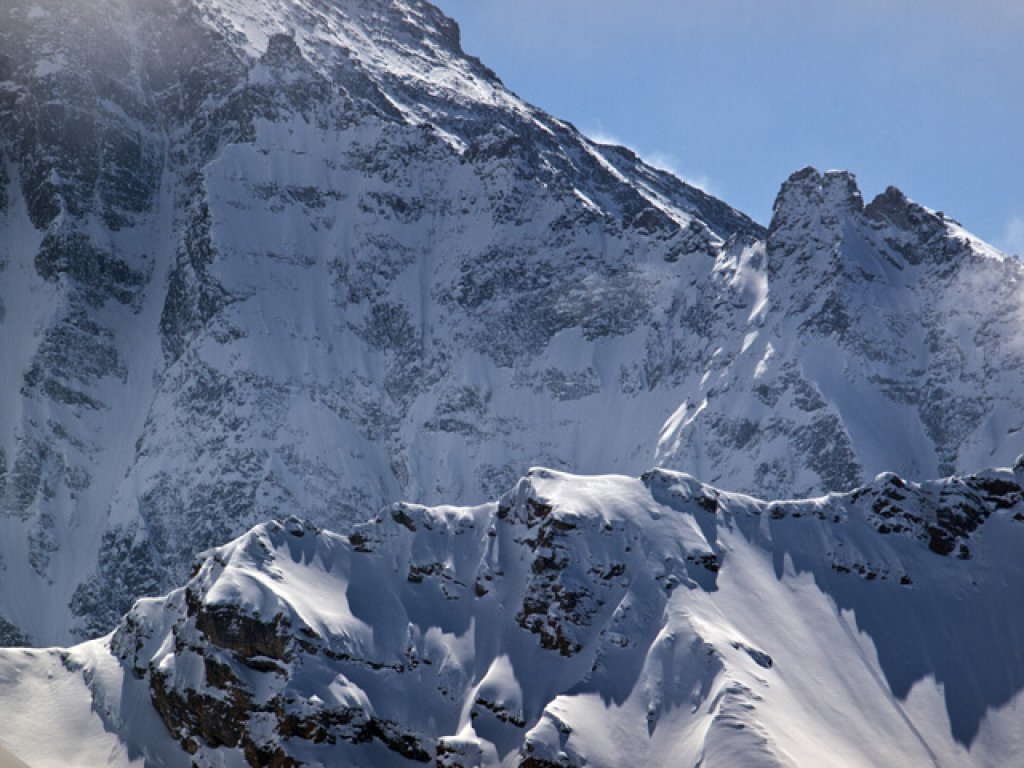Da sich das Wetter eh nur unwesentlich ändert, widmen wir uns mal wieder den großen Zusammenhängen und Anregungen aus dem Wetterblog Themenwünsche Thread.NAO steht für Nordatlantische Oszillation (North Atlantic Oscillation) und der NAO Index beschreibt die Druckverhältnisse über dem nördlichen Atlantik. Der NAO Index drückt das Verhältnis zwischen zwei semi-permanenten Druckgebilden aus: dem Island-Tief und dem Azoren-Hoch. Meistens werden zur Berechnung Luftdruck-Anomalien von Reykjavik und Ponta Delgada verwendet. Der Index ist positiv, wenn sowohl das Island-Tief, als auch das Azoren-Hoch stark ausgeprägt sind und dementsprechend die Druckunterschiede groß sind. Sind die Druckzentren schwach ausgeprägt, ist der Index negativ.
Einfluss auf das Wetter
Wenn man sich nun das im Uhrzeigersinn wirbelnde Azoren-Hoch und das gegen den Uhrzeigersinn wirbelnde Island-Tief vorstellt, wird man bemerken, dass die Luft dazwischen auf Grund der Drehrichtung der beiden Gebilde von Westen nach Osten strömt. Bei einem positiven NAO Index ist diese Westströmung stark ausgeprägt, in Mitteleuropa herrscht feucht-mildes Westwetter. Wenn, wie beispielsweise im Moment, die Druckzentren schwach ausgeprägt oder gar umgekehrt sind (Hoch-über-Tief-Lage), schwächt sich die Westströmung ab oder weicht nach Süden in den Mittelmeerraum aus. Das hat zur Folge, dass atlantische Störungen eher südlich der Alpen vorbei ziehen, während es im Norden kalt und tendenziell trocken bleibt. Zur langfristigen Vorhersage des NAO Index verwendet man vor allem die Ozeanoberflächentemperatur, da bestimmte Temperaturverteilungen zum Beispiel die Entwicklung von Höhentiefs über dem Nordatlantik fördern. So lassen sich auch grobe Saisonprognosen erstellen. Eine lange positive Phase deutet auf Schnee und eher mildes Wetter am Alpennordhang hin, während es im Süden eher trocken bleibt.
Da die NAO schwer von der AO (Antarktische Oszillation) zu trennen ist und die in der Namensgebung implizierte Oszillation zwar durchaus stark vorhanden ist, aber keiner erkennbaren zeitlichen Periodizität gehorcht, setzt sich zunehmend der zusammenfassende Begriff Northern Annular Mode (NAM) durch.
Eis und Klima
Im System Erde-Atmosphäre gibt es, wie bei einem Drucker, so genannte Treiber, die bestimmte Effekte möglich machen oder verstärken. Das Meereis an den Polen ist beispielsweise ein wichtiger klimatischer Faktor, obwohl es scheinbar eher wenig damit zu tun hat, ob wir morgen Powder oder Sulz fahren. Das arktische Meereis verliert extrem schnell and Fläche und Volumen. Große Bereiche des Ozeans sind neuerdings eisfrei, wodurch zusätzliche Wärme und Feuchtigkeit in die Atmosphäre gelangen. Die Zirkulationsmuster verändern sich. Diverse Studien legen nahe, das der Jetstream im Zusammenhang mit der Reduktion des Meereises ausgeprägtere Wellen bildet, das heißt die Westdrift in mittleren Breiten verläuft weniger zonal. Blocking Lagen werden häufiger, was wiederum extreme (heiße und kalte, nasse und trockene) Wetterereignisse begünstigt. Wenn man also will, kann man den aktuellen, skifahrerisch durchaus lohnenden Frühling auf sehr vielen Ebenen analysieren, vom ganz Kleinen (Powderqualität an Ostern) bis zum ganz Großen (Klimaveränderung und Implikationen von Völkerwanderungen bis Welthunger).






